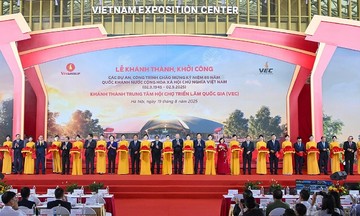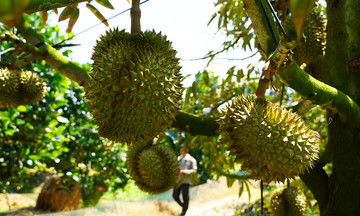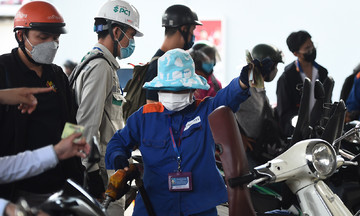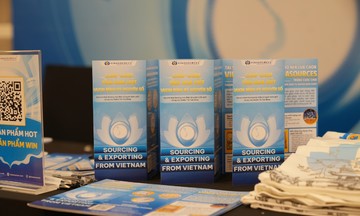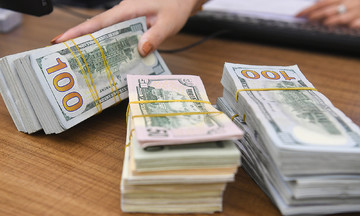According to customs data, durian exports in the first 5 months of this year reached only 386 million USD, a 58% decrease compared to the same period in 2024. In May alone, export turnover of this commodity continued to decline, marking the 5th consecutive month of decrease. The proportion of durian in the exported fruit and vegetable group also fell from 35% to 17%.
The main reason for this decline is the sharp drop in imports from China, which accounts for 72% of Vietnam's durian exports. Over the past 5 months, Vietnam earned only 278 million USD from this market, a 67% decrease compared to the same period last year. The decline of durian, a key export commodity, has contributed to the overall decrease in fruit and vegetable export turnover in the first 5 months of the year, reaching only 2.3 billion USD, a 13.5% drop.
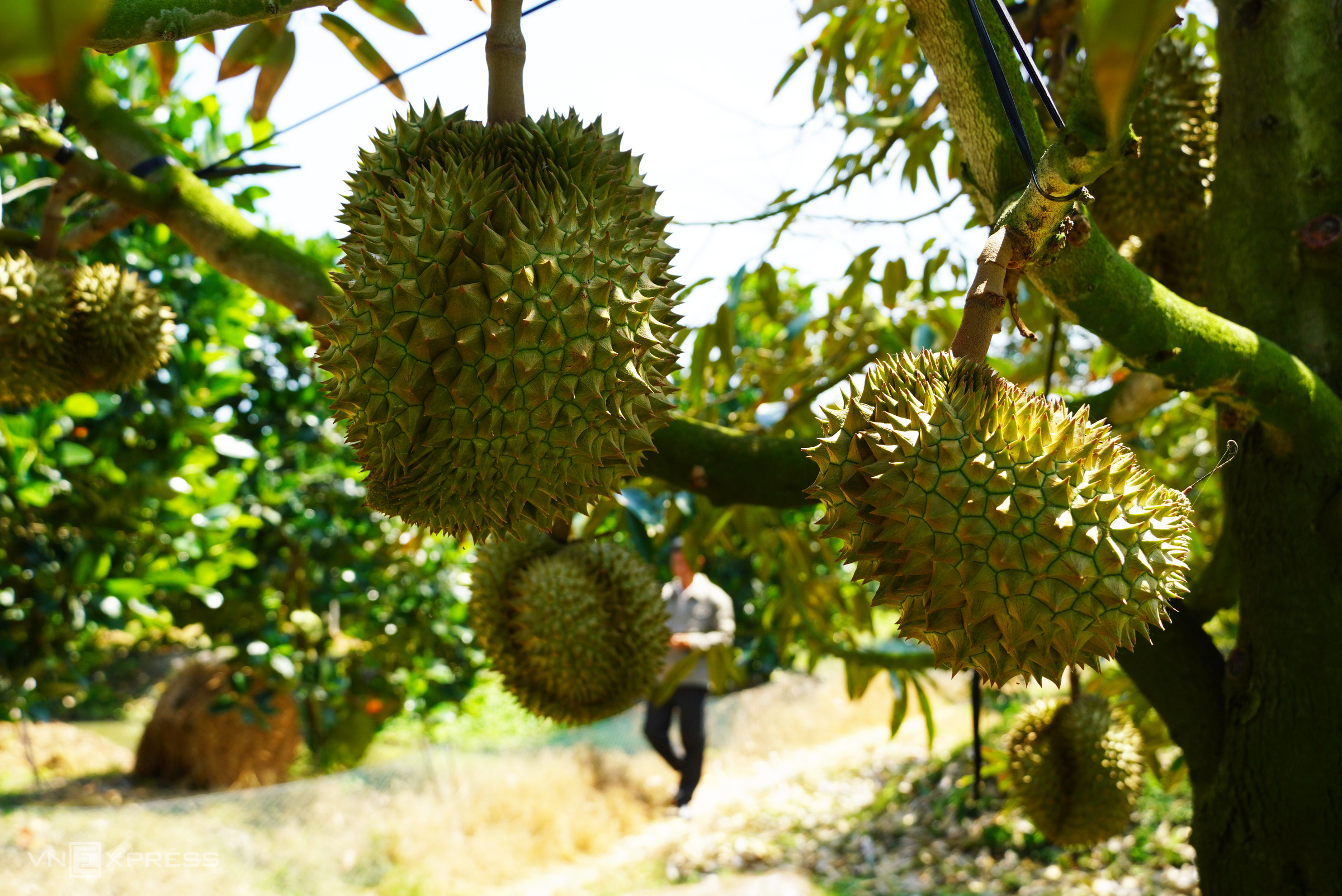 |
Durian orchard in Tan Lap commune (formerly Tan Thanh, Long An). Photo: Hoang Nam. |
According to businesses, exporting durian to China still faces many difficulties due to the country's increasingly stringent technical controls, especially regarding Auramine O, a banned chemical due to its carcinogenic potential. Dang Phuc Nguyen, General Secretary of the Vietnam Fruit and Vegetable Association, said that China has also tightened inspections for heavy metal residues, plant quarantine, and fraudulent planting area codes, making the customs clearance process more complex.
Because of the high risks, many businesses are currently only exporting small, individual orders and are hesitant to sign large contracts due to concerns about spoilage if customs clearance is delayed. Some businesses have even stopped exporting to complete their paperwork and procedures.
According to Nguyen, to address this situation, mini testing labs for banned substances should be established in growing areas, similar to Thailand, to socialize the inspection process from the source. Farmers would be inspected locally and issued certificates of compliance. The goods would then go through labs recognized by China before export. "Inspection from the source will facilitate smoother customs clearance," he said.
Hoan Vu Inspection Company, a unit recognized by China, said that cadmium in durian is mainly due to the overuse of fertilizers, not a natural characteristic of the soil. Therefore, it is necessary to control smuggled fertilizers, classify soil types, and make recommendations for crop rotation. Soil contaminated with heavy metals needs to be remediated for sustainable cultivation.
During talks between the Vietnamese Minister of Agriculture and Environment and the Director General of China Customs on 28/5, the two sides agreed to increase working hours and add personnel at border gates to reduce seasonal congestion.
China has also updated its list with 829 Vietnamese planting area codes and 131 packing facilities permitted to export durian. According to Minister Do Duc Duy, this is a significant technical step forward and a great encouragement for businesses and farmers.
Vietnam has proposed three areas of cooperation: adjusting food safety policies to be more favorable, accelerating customs clearance, and approving more labs equipped to test for cadmium, Auramine O, and other substances. Vietnam has also submitted a report demonstrating its efforts to control the production, preliminary processing, and export chain.
Thi Ha





